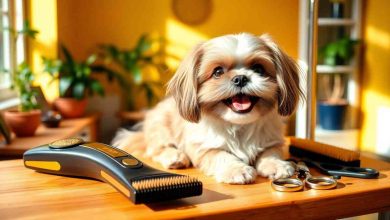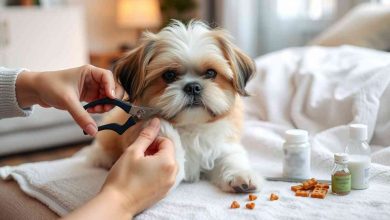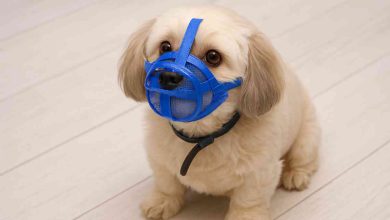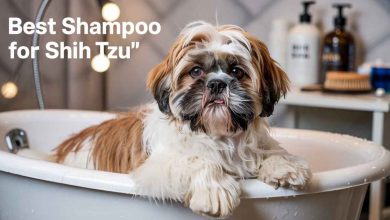Shih Tzu Shedding Explained: What Every Dog Owner Should Know
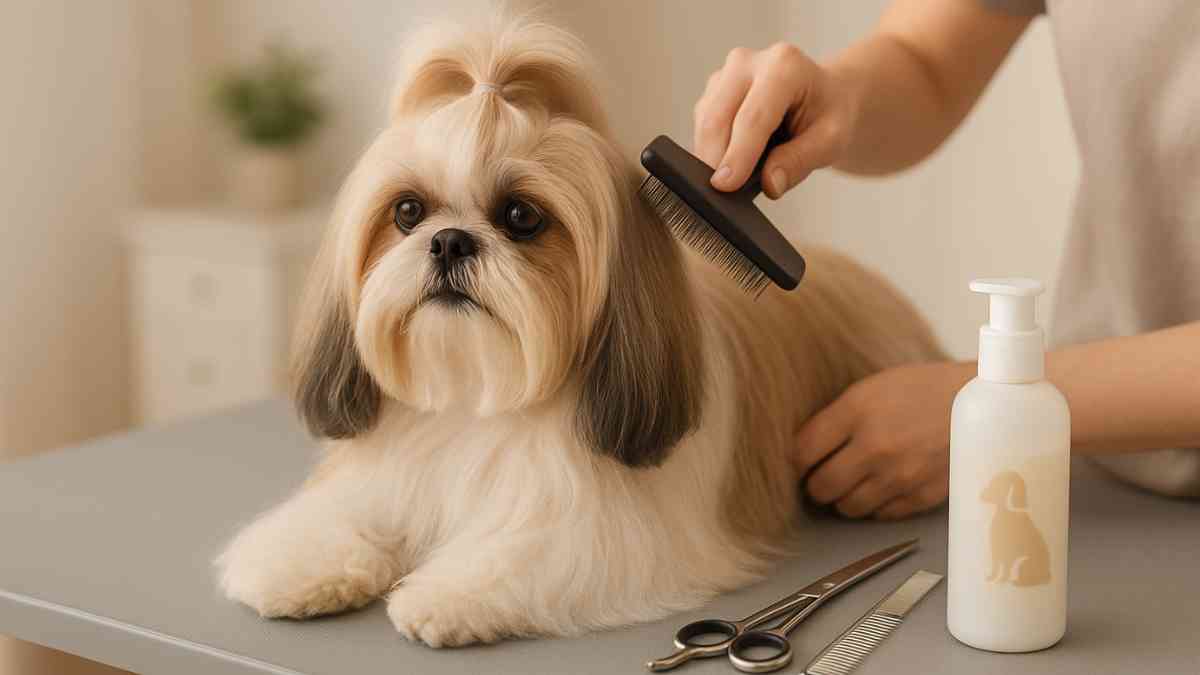
Shih Tzus are adored for their charming personalities, expressive eyes, and most of all, their luxurious coats. But for many pet parents, one question comes up sooner or later: “Do Shih Tzus shed?” Understanding the nature of Shih Tzu shedding helps ensure you’re prepared for grooming, maintenance, and overall coat care.
Shih Tzu shedding is unique compared to most dog breeds. These dogs have hair, not fur, which grows continuously and falls out gradually. This slow and controlled hair loss makes them a low-shedding breed—something often mistaken for being completely shed-free. While you won’t find tumbleweeds of fur rolling through your house, there are still essential facts every owner should know about their coat and shedding behavior.
What Is Shih Tzu Shedding?
Shedding is the natural process through which dogs lose old or damaged hair to make room for new growth. In Shih Tzus, this process is more subtle. Their hair follows a human-like growth cycle that includes a growing phase (anagen), a transition phase (catagen), and a resting/shedding phase (telogen). As a result, any shedding that occurs is often caught within the surrounding coat, which makes daily grooming essential to remove it.
Understanding the Coat Type
Shih Tzus are known for their double coat—a dense, soft undercoat beneath a flowing top layer. When properly maintained, this coat looks beautiful and keeps shedding under control. The hair is smooth and fine but prone to matting if not brushed regularly. Because the fallen hairs often don’t reach your floors or clothes, it’s easy to assume they don’t shed at all.
Shih Tzu Shedding Compared to Other Breeds
Unlike breeds such as Labradors, German Shepherds, or Huskies that shed in large amounts during seasonal changes, Shih Tzus shed minimally throughout the year. Their hair is more like human hair—long, with a slower turnover. This makes them a great choice for people who want less visible hair around the house, but it also means more responsibility in coat care.
Key Life Stages That Affect Shedding
One significant phase is the puppy-to-adult coat transition, which typically occurs between four to twelve months of age. During this stage, the soft, fluffy puppy coat begins to be replaced by a more textured and dense adult coat. Owners often notice more tangles and clumps of shed hair during this time. Brushing more frequently during this stage can help ease the transition.
Another period that may affect shedding is seasonal change. While Shih Tzus are not heavy seasonal shedders, slight increases can be observed in the spring or fall. Hormonal changes, especially in female dogs post-pregnancy or after heat cycles, can also trigger temporary increases in hair loss.
When Shedding Becomes a Concern
Although minimal shedding is normal, excessive hair loss or bald patches could signal underlying issues. Excessive scratching, red or flaky skin, or a sudden change in coat texture are warning signs. Possible causes include:
- Allergies (environmental or food-related)
- Skin infections or parasites
- Nutritional deficiencies
- Thyroid or hormonal imbalances
- Stress or anxiety
In such cases, it’s best to consult a veterinarian for a full check-up.
Benefits of Low-Shedding Breeds Like Shih Tzus
One of the biggest perks of owning a Shih Tzu is the limited hair around your home. While grooming is high maintenance, it results in a cleaner environment. They are also considered a better option for allergy sufferers—though not fully hypoallergenic, they produce less dander and fewer allergens than heavy-shedding breeds.
Grooming is not just about appearance; it’s essential for their health. Removing loose hair reduces the chance of matting, skin irritation, and even infections. Regular grooming becomes a bonding activity as well, helping build trust and comfort between you and your dog.
Daily Grooming Routine
Brushing should be part of your daily routine. Use a pin brush or slicker brush to remove tangles and catch any loose hairs trapped in the coat. Always be gentle—Shih Tzu skin is sensitive, and aggressive brushing can cause discomfort or injury.
Bathing every three to four weeks helps maintain coat health. Use a mild, moisturizing shampoo suitable for dogs, especially if your Shih Tzu has sensitive skin. Always dry the coat thoroughly and gently detangle afterward.
Trimming the coat or opting for a “puppy cut” makes maintenance easier. This style keeps the coat short, reduces tangles, and is especially helpful in warmer climates.
Diet’s Role in Shedding
Nutrition plays a vital role in skin and coat health. A diet rich in omega-3 and omega-6 fatty acids, protein, and essential vitamins supports shiny, strong hair. Poor nutrition often shows up first in the coat—dull, brittle, or thinning hair may indicate dietary issues.
Ensure your Shih Tzu gets enough hydration as well. Dehydrated skin becomes dry, flaky, and more prone to hair loss.
When to Seek Veterinary Advice
If you notice symptoms like hair loss in patches, skin infections, dull coat, or constant itching, it’s best to schedule a vet visit. Some health conditions require blood tests, allergy panels, or skin scrapings to identify the root cause. Early diagnosis is key to preventing further complications.
Coat Maintenance as Bonding Time
Regular brushing, cleaning the eyes and face, and gentle handling during grooming sessions help build emotional connection. Many owners say their dogs become calmer and more trusting after routine grooming.
It’s also the perfect time to check for abnormalities like lumps, ticks, or skin changes. These early detections can lead to prompt treatment.
Common Myths About Shih Tzu Shedding
- Myth: Shih Tzus don’t shed at all.
Truth: They shed, but at a much slower rate. The hairs get caught in the coat rather than falling to the ground. - Myth: If a Shih Tzu sheds, something is wrong.
Truth: Some shedding is natural. Excessive shedding, however, may need attention. - Myth: Grooming once a week is enough.
Truth: Without daily brushing, their coat can mat quickly.
Conclusion
Shih Tzus do shed—but they do it differently. Their low-shedding coat makes them a manageable choice for many households, but their grooming needs are high. Brushing, bathing, trimming, and proper nutrition all contribute to a healthy, low-shedding coat.
By understanding how and why Shih Tzus shed, you’re better prepared to care for your companion in the most loving and practical way. It’s not just about keeping them beautiful—it’s about keeping them healthy and happy.
Give your Shih Tzu the care it deserves—start grooming today!

